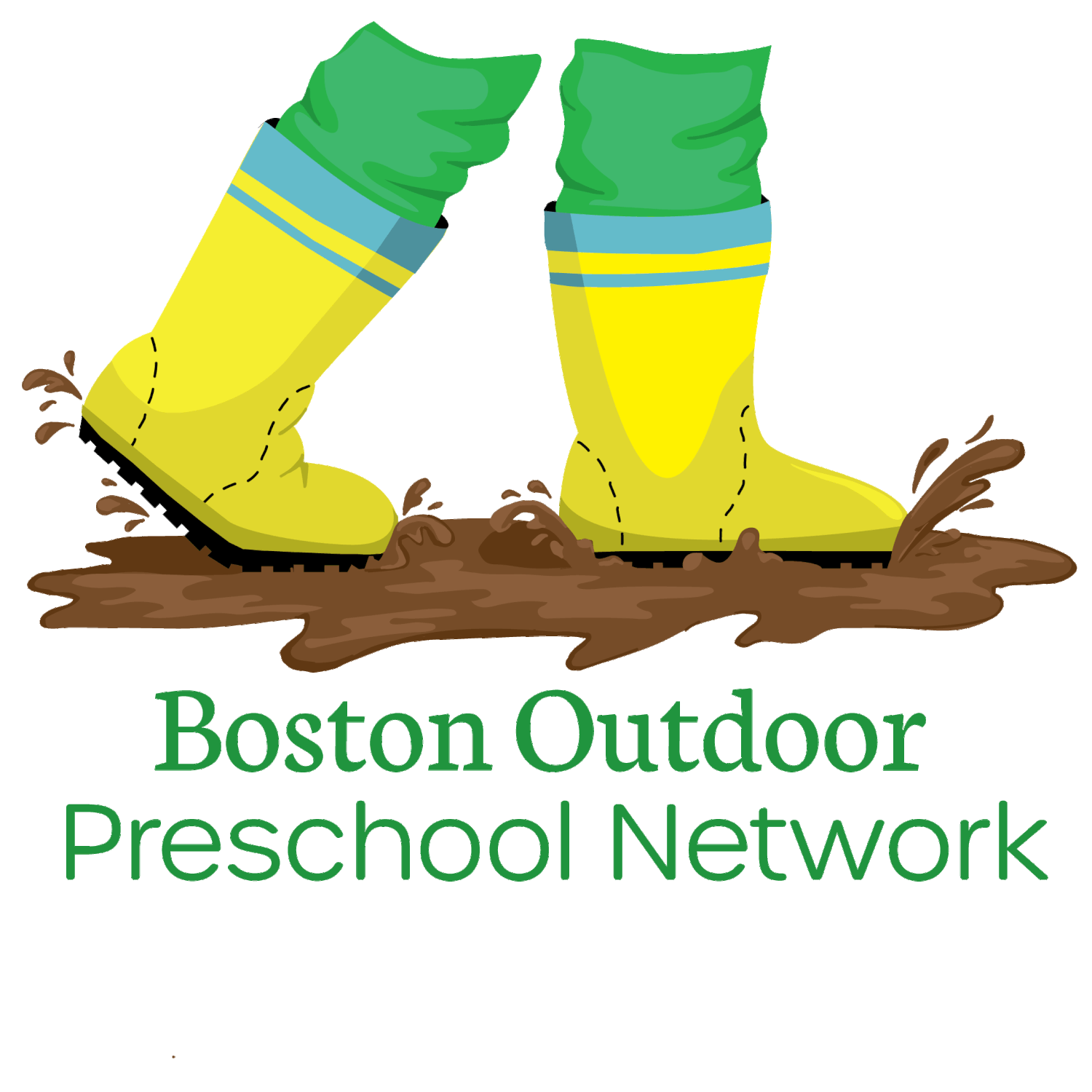From Fall to Spring Equinox
By: Bryan Morales, lead teacher, nature lover, and outdoor education enthusiast with experiencing founding and guiding children in the natural environment in child-led learning environments, place-based education, and character development.
Summer Solstice: Birth
Growing up in Los Angeles I did not find very many opportunities to connect with nature. Always on the go, my first memories of home were from a car on a congested highway.
My first memory of feeling at home in a natural space was during 5th grade outdoor education camp, a week away in the nearby mountains.
There, I weaved fibers of a yucca plant together similarly to how baskets are made by the Chumash Indigenous peoples of the area. I saw the stars at night. I learned about how the woodlands had adapted to thrive with regular brush fires- important and necessary for new life to grow. This was the beginning of seeing the Land in a different way and feeling connected to it.
This story is about my relationship to the natural world and the beginning of my career in outdoor preschool education.
I tell the story based on a seasonal pedagogy where Land*, or Nature, is the teacher and mother. The four chapters are based on the equinox and solstice times and their importance to the people living in the northeast of North America. Thanks to Martin Hopi, an educator and First Nations person living in Toronto for developing this model for early childhood education. The seasonal pedagogy supposes a circular rhythm to learning that can be seen when children engage in free unstructured play in the outdoors.
*Note: North American Indigenous writers are capitalizing the “L” in Land to expand the meaning of the word to include their worldview, and to help others see land as more than place and property.
Fall Equinox: Movement
As a young adult, I was on the move. I lived and traveled in Chile, Spain, and Baja, to name a few. I spent weeks in remote areas in the mountains or out at sea, from Patagonia to the Gulf of California. My adventurous spirit and my work as an outdoor educator meant I might be away leading expeditions and climbing remote granite spires.
But even before I became an adult I had already started a spiritual and mental drift away from home. I wasn’t really sure what home was, despite having a few seminal experiences of connection like at outdoor ed camp.
My family has been on the move for a long time. My Mexican and European ancestors had, in the last several generations, moved to the US and assimilated. When my grandfather tells stories about growing up in LA, these are stories about becoming American, or Chicano (his father was a 2nd generation Mexican-American who fought in World War Two). These stories are about moving out of neighborhoods and moving up to the middle class. It’s about finding a home. In my generation, it seems like my cousins, siblings and I are still trying to find a physical or metaphorical place to settle.
Winter Solstice: Relationships
I am slowly and deliberately becoming rooted to the Boston Harbor watershed where I have lived for the past several years. I first moved to Cambridge near the Charles River (known as Quinobequin to the Massachusetts tribes). It is the same meandering river that almost completely surrounds our class space in Wellesley. Our neighborhoods and class spaces at BOPN are all connected through Boston Harbor where the Charles, Mystic and Neponset rivers meet.
Soon after the pandemic began, my daughter, then three years old, and I started to go regularly to the forest with some of our friends from our cooperative preschool community. The playgrounds were still closed so we met up for hikes in the Middlesex Fells, or walks along the Mystic River. We stopped trying to do preschool with arts & crafts and STEM, and we released the kids to go play.
None of us stay-at-home parents had grown up in New England, nor cold northern latitudes. But when winter came, we kept at it. We all desperately needed the community and a sense of well-being from being in nature. As a side bonus we saw how our children, playing outdoors for hours in nature, were meeting their needs for physical development, fun, freedom, and connection.
Over time I began to relate to the Land in a new way. Over there was that secret fort we built and on the path to it was the lesson and story about how bees sting. Over there was where we sledded on cardboard and nearby the story about ice and falling through. Over there are the lodges where the muskrats, Sara and Monto, lived who surely must have been brother and sister according to our stories.
Spring Equinox: Passing
When the sugar maple water, or sap, begins ascending from the roots to the high branches in Spring, it is passing stored energy to help the growth of the next generation of leaves. In this way, the cycle can begin anew.
Looking back on the last few years, I can see how this personal learning cycle has come to completion many times in smaller cycles. What I see being passed, the sweet water, is inspiration to go outside, to invite friends, tell stories and be a caretaker of the Land.
I decided that I had to make it my vocation to be an early childhood educator in the outdoors. That’s how I found BOPN. The philosophy resonated with me; e.g. extended play in natural areas results in an intimate, deep, and personal connection to the natural world.
The events of the last few years greatly shifted my perspective and my priorities. While having a child and being a stay at home parent were already quite a shift from what I was doing before, the opportunity to do that during the pandemic was life changing.









